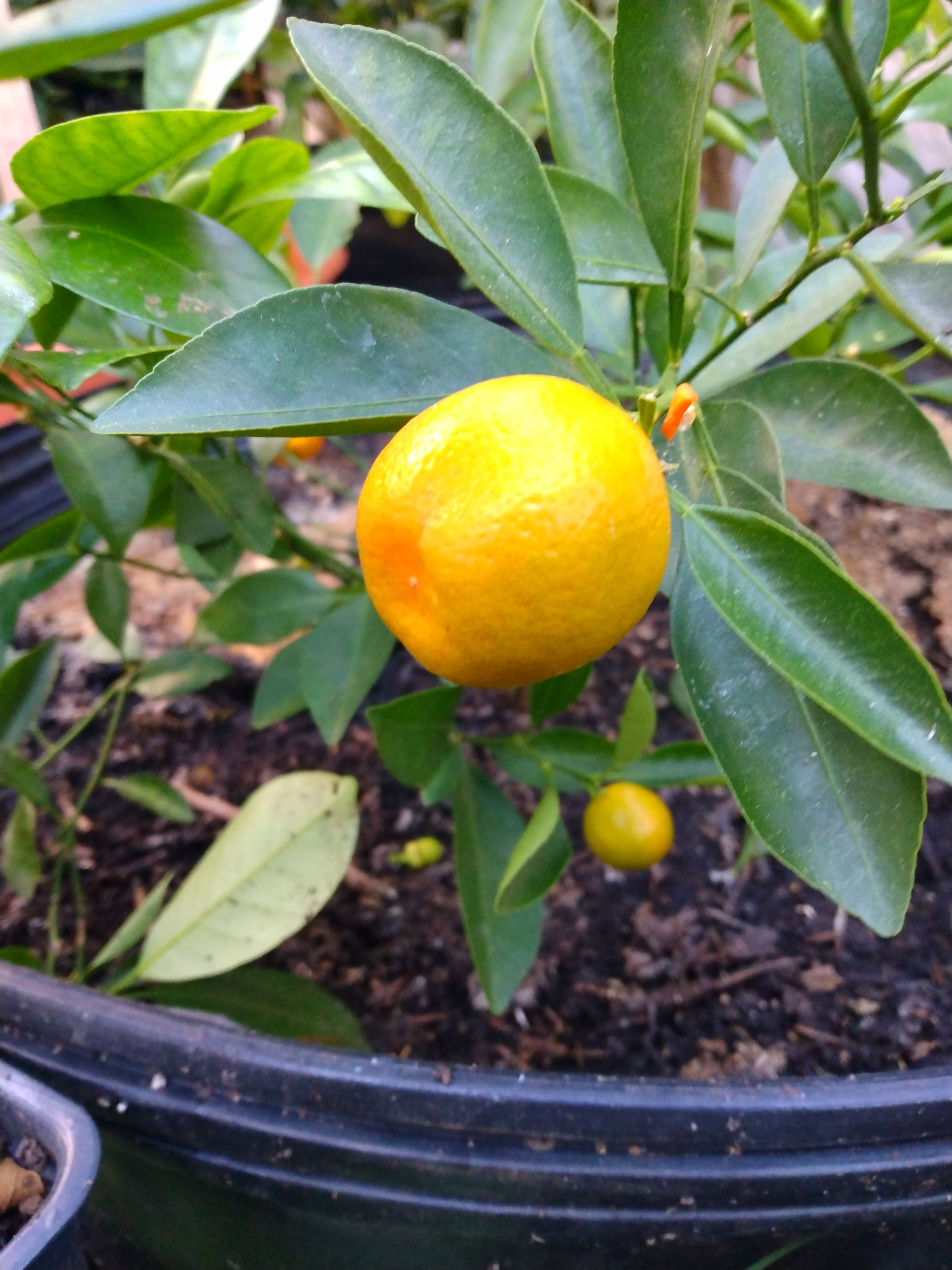The Role of Water in Plant Health: Understanding Plant Water Relations

Water is an essential component of plant growth and survival, making up a significant percentage of their tissues. It serves as a solvent for nutrients and facilitates their movement through the plant, and plays a critical role in photosynthesis, which is the process by which plants produce their own food. In this article, we will dive into the importance of water for plant health, including the mechanisms by which water is taken up by plants and transported throughout their tissues, and the ways in which water stress can impact plant growth and development.
Plant Water Relations
Water moves through plants via two pathways: the symplastic pathway, which involves movement through the cytoplasm of cells, and the apoplastic pathway, which involves movement through the cell walls and extracellular spaces between cells. The majority of water movement occurs via the apoplastic pathway, which is driven by the differences in water potential between the soil, roots, and leaves.
Water potential is a measure of the free energy of water molecules in a system and determines the direction in which water will move. Water moves from areas of high water potential to areas of lower water potential, meaning that it will move from wet soil to dry soil, from roots to leaves, and from leaves to the atmosphere.
Plant cells have a rigid cell wall that exerts pressure on the cytoplasm, creating a turgor pressure that helps to maintain the shape of the cell. When water enters the cell, it creates a positive pressure that pushes against the cell wall and increases turgor pressure. This pressure is necessary for plant growth and helps to keep the plant upright.
Water Stress
When plants experience water stress, they are not able to take up enough water to meet their physiological demands. This can happen due to a lack of water in the soil, or due to environmental factors that cause water to evaporate from the leaves faster than it can be replaced.
Water stress can have a range of effects on plant growth and development, depending on the severity and duration of the stress. Mild water stress can cause plants to wilt and reduce their growth rate, while severe water stress can lead to cell death and plant death.

Plants have evolved a range of strategies to cope with water stress, including the ability to close stomata (pores on the surface of leaves that allow for gas exchange) to reduce water loss, and the production of protective compounds such as osmoprotectants and antioxidants.
Effects of Water Stress on Plant Nutrient Uptake
Water stress can also have a significant impact on plant nutrient uptake. When plants are stressed, their root systems may not be able to take up nutrients as efficiently, leading to nutrient deficiencies and reduced growth rates. This is because nutrient uptake is closely linked to water uptake, and the mechanisms by which water and nutrients move through plant tissues are interconnected.

For example, the uptake of minerals such as phosphorus and potassium requires energy in the form of ATP, which is produced by the mitochondria in plant cells. ATP production is closely linked to photosynthesis, which is driven by the availability of water and light.
Water is a vital component of plant growth and survival, and plays a critical role in nutrient uptake, photosynthesis, and turgor pressure. Understanding plant water relations is essential for gardeners and farmers to optimize crop production and mitigate the effects of water stress on plant health. By providing plants with adequate water, monitoring soil moisture levels, and selecting appropriate irrigation systems, we can help to ensure that our plants are healthy and productive.
